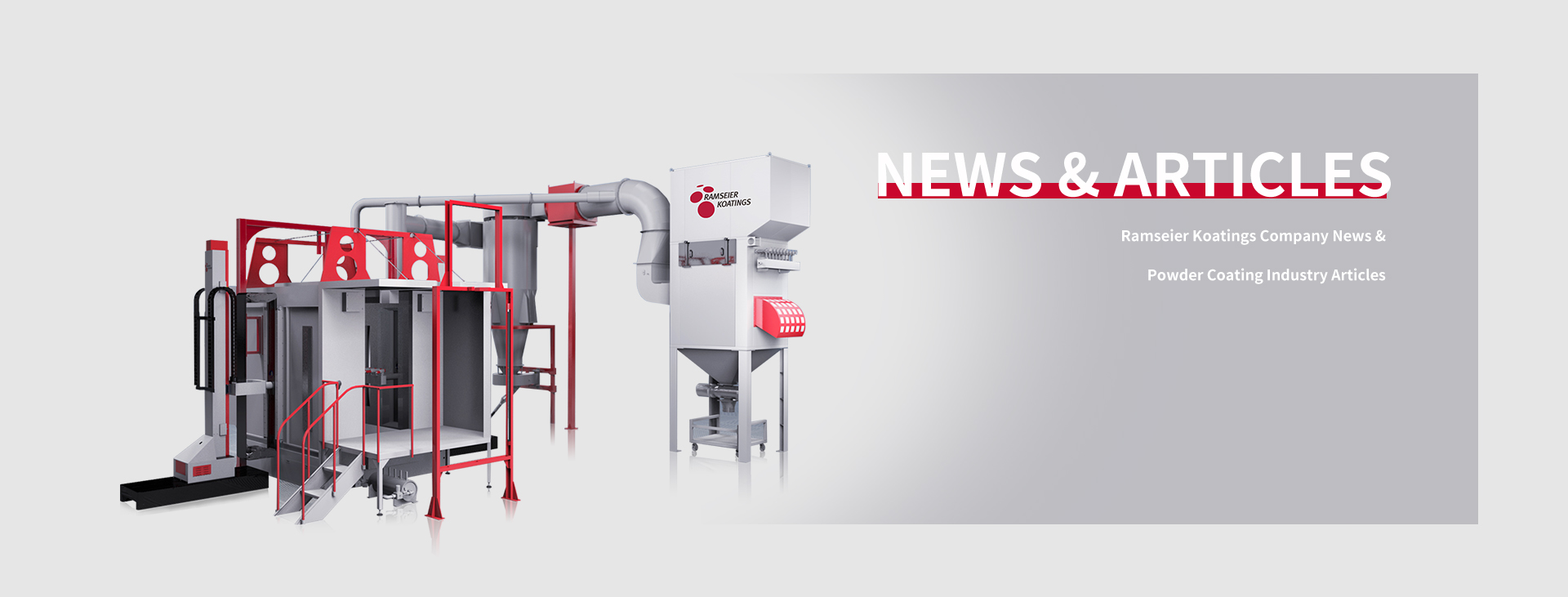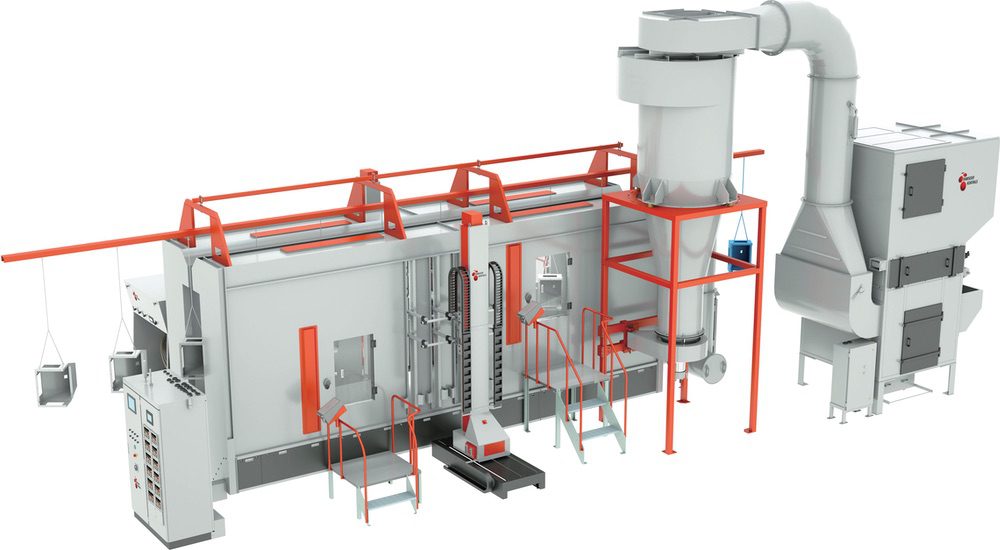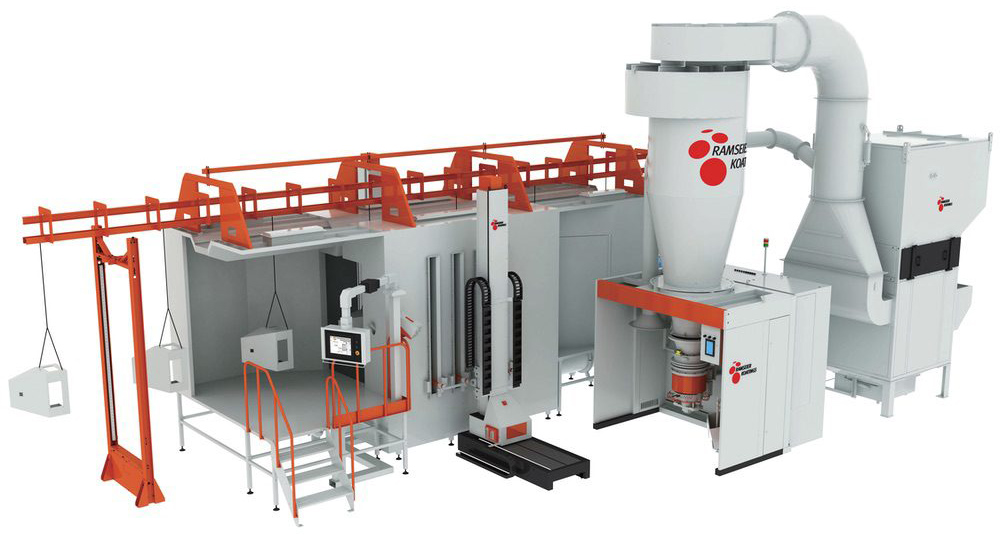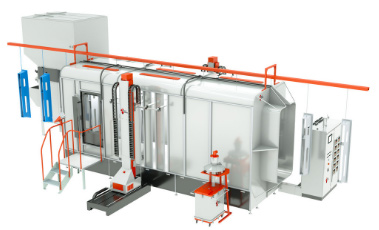
+852 2363 2511








Gold is one of the most valuable substances in the world and is sought after not only for its beauty but for its utility. This metal has a variety of qualities that make it valuable, such as its ductility, malleability, non-conductivity, and non-corrosiveness. Because of these qualities, it is considered a luxurious metal to use in powder coating since most people choose to use cheaper, more easily accessible metals.
Because of this scarcity, finding readily available gold dust will require a visit to gold dealers or jewelers who have the experience, knowledge, and equipment required to produce gold dust. If you desire to produce gold powder on your own, the production method is accessible to anyone as long as they have the right equipment and techniques available.
In this post, we’ll explore an effective method of producing gold powder from raw natural gold bars or pieces, as well as dive into the powder coating process and how it works.
Let’s dive right in.
Since ancient times, people have been interested in creating gold dust for a variety of reasons. In ancient China and ancient India, gold dust was mainly used in painting and for medicinal purposes. Gold powder would either be mixed in with other substances and used as regular paint or taken orally to heal a variety of ailments or promote a person’s health.
In ancient Indian texts such as the Mahabharata, the Vedas, Valmikiya’s Ramayana, and so on, you will find descriptions of chemical gold powder production and mechanical methods. Chemical production here involves the use of chemicals such as sulfur, sodium, mercury, and more. The mechanical system involved taking gold leaf and crushing it in a pestle and mortar, mixing it with other abrasive materials until the gold was crushed down into a fine powder.
In ancient China, gold powder was first sourced from natural alluvial deposits before they developed ingot crushing and then gold-leaf grinding techniques. They would also use chemical methods later on to produce gold powder, which they used in their medical practices and for painting.
In modern times, the gold powder production process has become increasingly efficient and productive and is capable of producing gold powder on much larger scales than previously possible. Because pure gold is so expensive, most people choose gold powder substitutes such as oxidized bronze flakes, fool's gold, and other substitutes for their various applications, but this doesn't mean that it is impossible to acquire authentic gold powder if you need it.
The most modern and efficient gold powder production method was successfully patented back in 1971 by EI Du Pot de Nemours and Company of Wilmington, Delaware. The process was invented by Richard v. Weaver and Oliver A. Short. Their process was unique in the sense that it managed to produce gold powders with particles that were uniform in size, shape, and other important characteristics.
Let's take a look at the principles and techniques underlying the modern gold powder production process before looking at an example of a production cycle.
Before you begin the gold powder precipitation process, you will need to have a gold salt solution on hand, paired with:
• Suitable reducing agents (chloroquine, bromoquinone, or hydroquinone)
• Oxalic acid or its alkaline metal salts
• An effective colloid heated to a temperature ranging between 20 to 100 degrees will help us avoid the agglomeration of the gold powder particles.
You will start the process here by preparing your gold chloride/chloroauric solution, as this will be the source of your raw gold content. You can prepare this solution by dissolving raw gold dust in aqua regia, which will result in a mixture with a 50 percent gold content.
Oxalic acid as a reducing agent is thought to produce the most desirable size of flaky gold powder (1 to 50 microns at its widest). If you choose to use hydroquinone instead, you’re likely to get gold particles measuring 0.5 to 2 microns. Hydroquinone in this process may also refer to substitutes such as methyl-hydroquinone, di-methyl-hydroquinone, bromo-hydroquinone, or chloro-hydroquinone.
A combination of hydroquinone and oxalic acid is recommended for the best results, as you will end up with an ideal combination of flaky as well as more rounded gold particles. Your results will be influenced by how quickly you mix in the hydroquinone with the oxalic acid and reducing agents.
To generate gold spheres almost exclusively, the rate should be below 500cc per minute and above this level for a more even mixture of flakes and spheres.
The concentration of the gold in your gold chloride solution will go a long way in determining the quality of your final product. As we mentioned earlier, you should ensure that the percentage concentration of gold falls between 1 and 50 percent of the mixture, reaching an optimum level of 400 grams per liter.
The concentration of the reducing agent will not be of critical importance for our process if you decide to use oxalic acid or hydroquinone on its own. Still, ensure that the volume of the reducing agent you possess doesn’t go beyond the stoichiometric reaction levels.
Even though you aren't required to shake, agitate, or stir the mixture for the desired reaction to take place, doing so will help push the reaction along by mixing up the ingredients.
There are several effective methods we can use to separate solid precipitates from the resulting slurry. Decantation, centrifugation, and filtration are all valid methods to apply here. Wash the powder in clean water afterward to eradicate any residual defoaming agents, salt by-products, and protective colloids.
To complete the process, you can use a water-miscible was treated with methanol to eliminate any remaining products of oxidation and advance the drying process.
It has been shown that maintaining the particulate form of the resulting precipitate will require the introduction of an effective colloid that will prevent the agglomeration of the particulates. It will accomplish this by separating and protecting the flakes of gold from one another, preventing their coming together into single sponge-like formations.
An effective amount of colloid should be no more than 15 grams per liter but shouldn’t be less than 5 grams per liter. There are various protective colloids on the market today that can be used in the gold powder production process, but the most commonly used are sodium alginate, methylcellulose, gelatin, gum tragacanth, and gum Arabic. Out of all these, the most popular and most effective one is gum Arabic.
Even a relatively small amount of protective colloid added to the acid gold chloride will significantly increase its viscosity, and so the product of gas owing to the oxalic acid oxidation process may cause unwanted frothing. This might be brought under control by the introduction of anti-foaming agents.
These substances should be those with low gold adsorption rates, meaning that they will not leave any contaminating residue once the process is completed, as this will lead to low firing properties of the finished gold powder.
Antifoam agents should be easily eliminated, and octyl alcohol leads the list of such agents available today. Should octyl alcohol be inaccessible, you should seek an antifoam agent that can be eliminated through electrical, mechanical, or ultrasonic means.
Once you have your gold powder ready, you will need to figure out the best way to use it. Because it can be so expensive, you should always seek application methods that come with as little wastage as possible. The best way to apply the thinnest possible coat of powder onto a surface is through electroplating. Electroplating is a process that involves spraying ionized powder in thin layers that completely cover the target surface evenly.
Because electroplating is designed to work with thermoplastics or thermoset polymer powders, you will first need to mix in your gold powder with a suitable clear polymer or plastic powder. Once you have purchased or prepared this mixture, you can then take hold of your powder coating equipment and start on your project. This process typically involves:
• Disassemble the target parts, especially threaded or lubricated areas: You need to put everything you do not want to be coated aside, as coatings tend to cover everything they are exposed to. If you fail to do this, you might find that all bearings, sealed surfaces, nuts, bolts, and clamps are rendered useless afterward.
• Be sure that the target surface is thoroughly cleaned: If you’re coating a hard metal, blast it with an abrasive to eliminate any foreign materials, dirt, or rust. You can also utilize chemical solvents to eliminate any oil, grease, or paint that may reside on the target surface. Sandblasters are effective tools to have handy if you regularly powder coat soft metals such as magnesium or aluminum.
• Take hold of your spray gun and start coating: The compressed air sprayer designed for powder coating purposes works by electrostatically charging the powder particles before they are expelled from the gun’s nozzle. The effect of this is to create ionic charges between them that ensure they are completely separated from each other at the atomic level. Doing this ensures the most even layer of application you can achieve. Be sure that your electroplating unit is properly hooked up to the surface you are coating since this process requires a proper charge for the powder to hold on to. Even after you have applied the powder coat, be careful about touching it or blowing on it because this might cause some of the powder to rub off.
• Cure the metal at appropriate temperatures: If your target material is suitably sized, you can cure it in a conventional oven so that the spray powder material sets properly. If this isn’t possible, you can use an infrared lamp or a similarly flameless source of heat to achieve your objective. In most cases, you’ll need a heat source that’s capable of producing heat at temperatures ranging between 170 degrees and 190 degrees Celsius (350 to 375 degrees Fahrenheit). This temperature should be maintained for approximately 10-15 minutes before being left to cool. Note that if you’re going to use a typical oven to cure your electroplated items, you should ensure that the oven is not going to be used to prepare food as usual after the curing process because the process releases toxic chemicals that might lurk in the oven and contaminate your food.
Gold is one of the most valuable and sought-after materials in the world, and so we need to make sure that we do things the right way whenever we’re working with it. Due to its priciness, it is rarely used as a powder coating, but it’s possible to produce natural god powder and incorporate it into a workable powder plating process.
Whether you’re a jeweler, vehicle owner, interior designer, artist, or gold enthusiast, the information above can serve as a starting point on your powder gold coating adventures.
Ramseier Coatings is an experienced player in the global powder coating industry with partners all over the world. With over 5000 projects under our belt, you can be sure that you’ll be getting the very best whenever you choose to let us collaborate with you. For all your powder coating equipment needs, make Ramseier Koatings your first call. You’ll be glad that you did!



